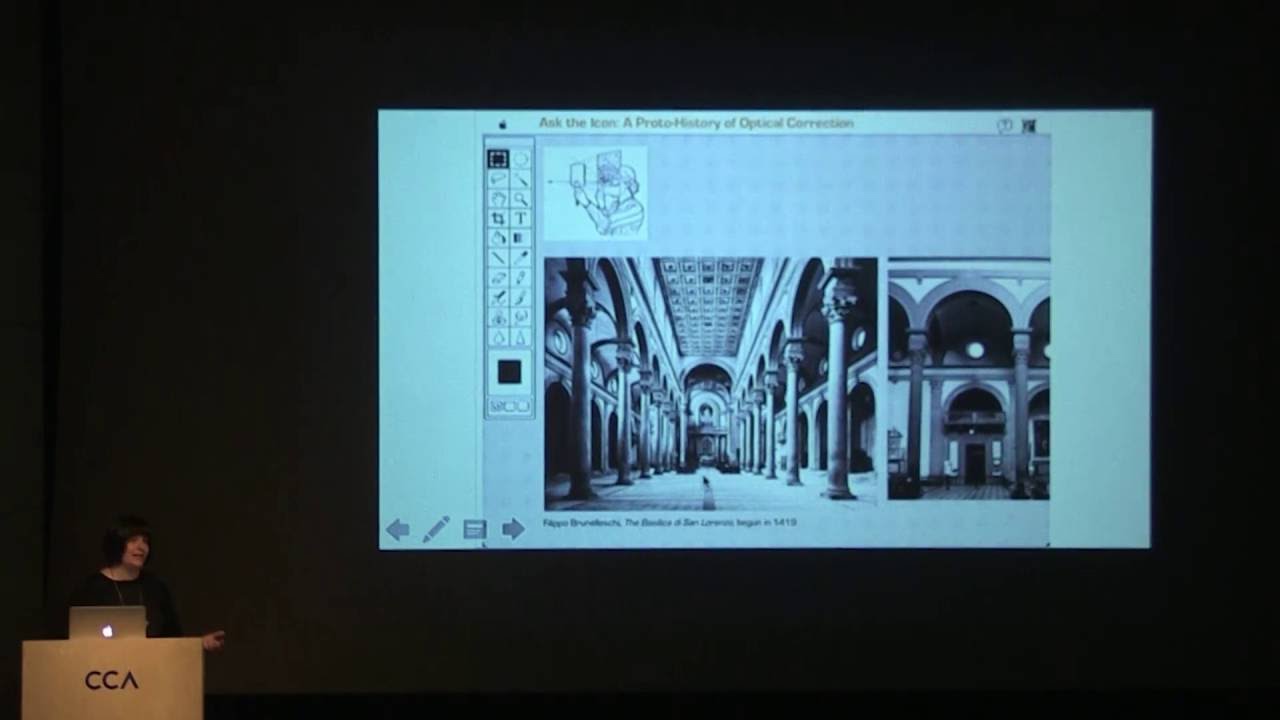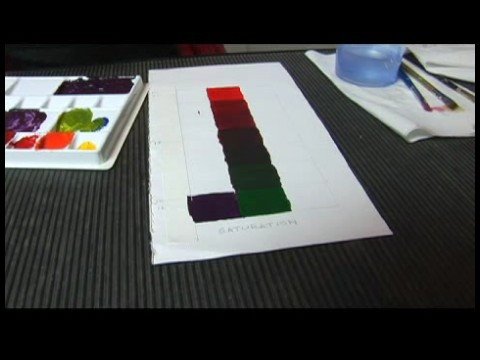In this lecture, Amy Kulper locates architecture’s “digital turn” in 1988, when Thomas Knoll invented Photoshop. Originally developed as an image-editing software, Photoshop fit neatly within the long history of optical correction in the discipline. Yet its ubiquity today also prompts new questions. Does Photoshop simply introduce logics of adjustment, correction, and contingency to architecture, or does it possess the capacity to creatively generate form? Did Photoshop’s cut-and-paste collage aesthetic align itself with the predominant operations of postmodern pastiche, or does its propensity for photorealism advance a tautological representational agenda in architecture? What impact did the advent of Photoshop have on the processes of architectural archiving, and does its seamless aesthetic problematize the sourcing and identification of original images? What can the advent of Photoshop tell us about architecture’s shift from analog to digital design?
Kulper is an Associate Professor of Architecture at the University of Michigan’s Taubman College of Architecture, where she teaches theory and design.
Presented in conjunction with the exhibition Archaeology of the Digital: Complexity and Convention
www.cca.qc.ca/complexityandconvention
—
Dans cette conférence, Amy Kulper situe le « virage numérique » de l’architecture en 1988, avec la création de Photoshop par Thomas Knoll. Développé à l’origine en tant que logiciel d’édition d’images, Photoshop s’inscrivait parfaitement dans la longue histoire de la correction optique dans la discipline architecturale. Pourtant, son omniprésence aujourd’hui soulève de nouvelles questions. Photoshop introduit-il simplement une logique d’ajustement et de correction à l’architecture, ou possède-t-il la capacité créative de susciter la forme ? Son esthétique coupée-collée s’alignait-elle sur les opérations prédominantes du pastiche postmoderniste, ou sa tendance au photoréalisme avance-t-elle un agenda de représentation tautologique ? Quel impact a eu l’avènement de Photoshop sur les méthodes d’archivage en architecture, et comment son esthétique homogène constitue-t-elle un problème pour trouver la source et identifier des images originales ? Que dit l’avènement de Photoshop sur le passage de l’analogique au numérique en architecture ?
Amy Kulper est professeure associée au Taubman College of Architecture, University of Michigan, où elle enseigne la théorie et le design.
Présentée dans le cadre de l’exposition Archéologie du numérique : Complexité et convention.
www.cca.qc.ca/complexiteetconvention
CCAchannel
Source



